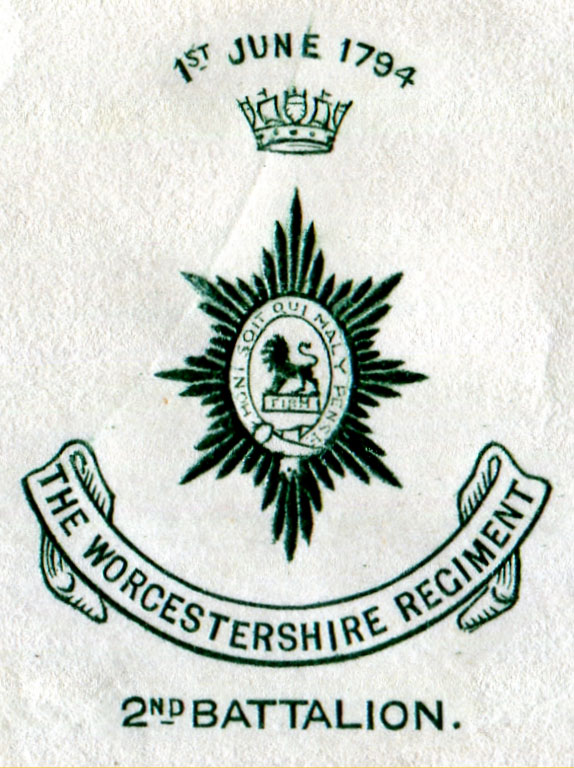The Worcestershire Regiment was formed in 1694 by Colonel Thomas Farrington, an officer of the Coldstream Guards, to provide additional troops for the war between Britain and France. The regiment was named Farrington’s regiment after its Colonel as was the custom of the day. Over the next 50 years, the regiment changed its name eight times under successive Colonels. In 1751, when the naming system was changed and regiments were given numbers based on the date of their formation, it was renamed the 29th Regiment of Foot. When the custom of linking regiments territorially to counties began in 1782, it was renamed the 29th (Worcestershire) Regiment of Foot. The regiment spent its early years in England and Ireland and later saw action in Holland and North America. It took part in the Peninsular War of 1807-1814 and distinguished itself in the First and Second Anglo-Sikh Wars in 1845-1849.
In 1881, the 29th (Worcestershire) Regiment of Foot was amalgamated with the 36th (Herefordshire) Regiment of Foot, which had been founded in Ireland in 1701 by William Caulfield, 2nd Viscount Charlemont, for the War of the Spanish Succession. The 29th became the regiment’s 1st Battalion and 36th the 2nd. This new Worcestershire Regiment fought in the Second Boer War and suffered heavy casualties during the First World War, which claimed the lives of over 9,000 of its 13,000 officers and men. Most of its battalions fought on the Western Front but some were also engaged in the Dardanelles, Salonika, Mesopotamia, Russia and Italy.

